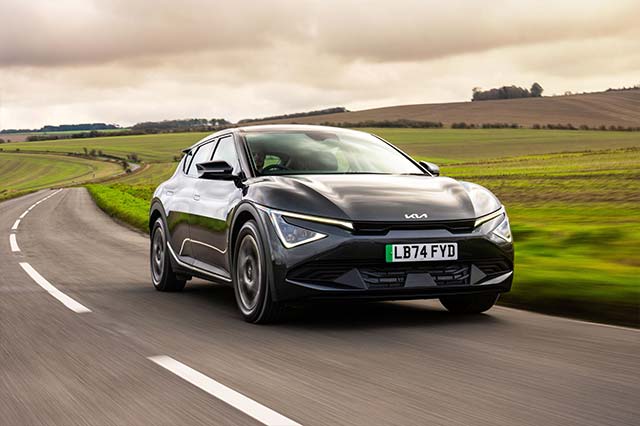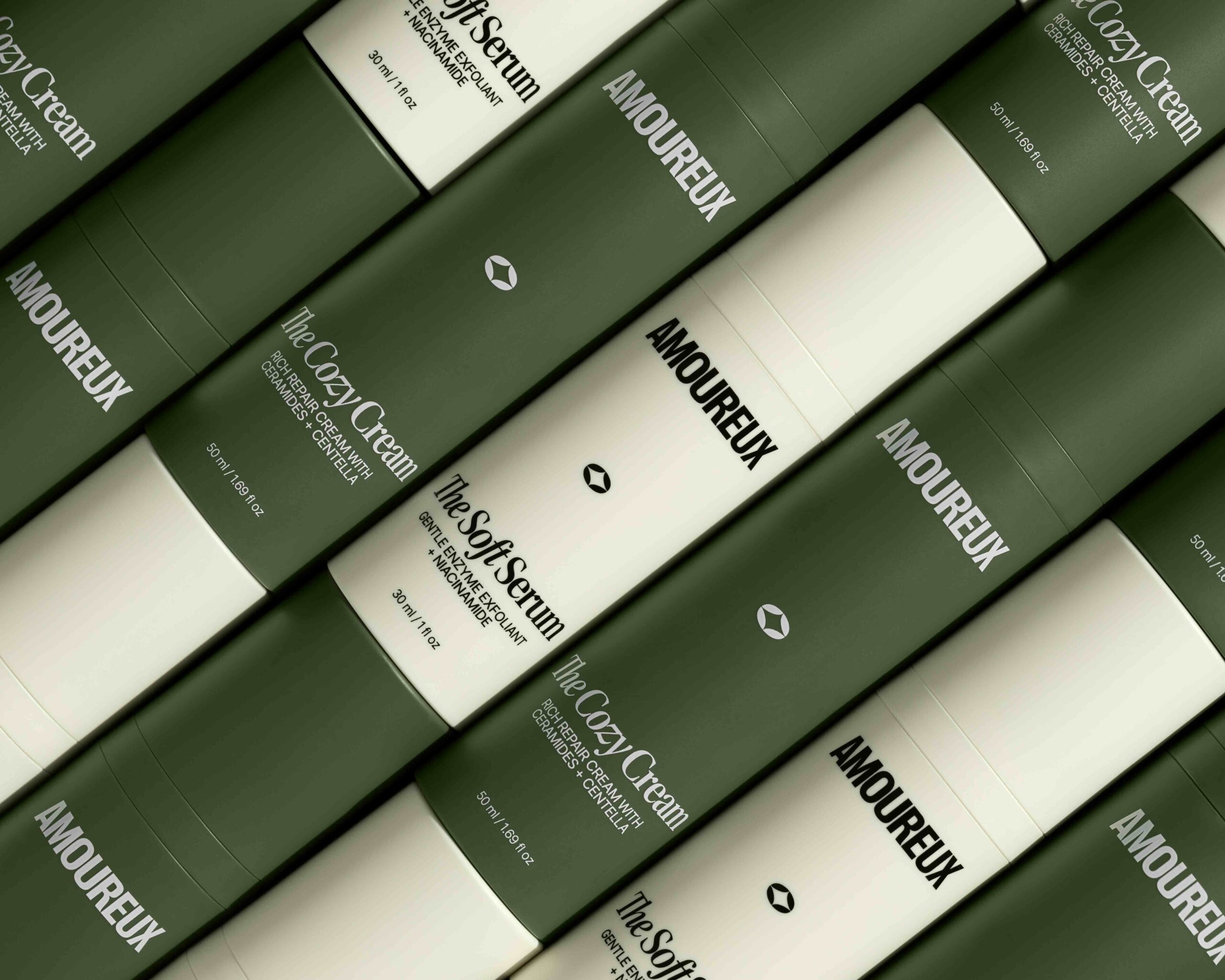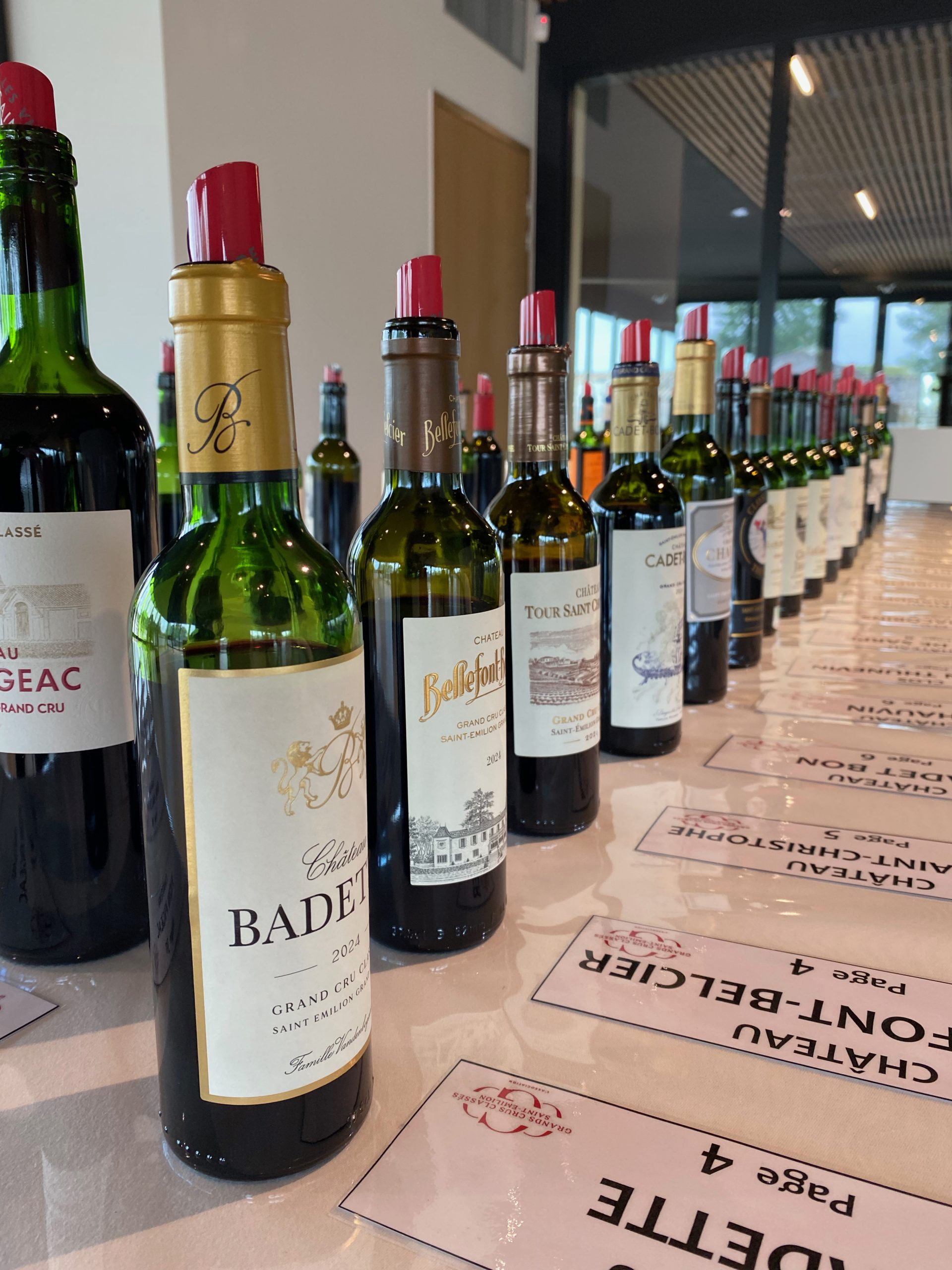Stephanie Duboudin, CEO of Australia’s Wine Victoria, explains why re-entry into China offers new promise for the state’s unique and varied wine scene.

Despite the 4,641 miles between them, China and Australia share important ties. Australia is home to 1.4 million people of Chinese ancestry; more than 5% of the country’s entire population.
It’s no surprise, then, that China is vital to the success of Australia’s wine industry. When China imposed tariffs on wines imported from Australia in 2020, it came as a huge blow to the country’s producers. “It was a very challenging time when the tariffs were in place,” says Stephanie Duboudin, CEO of Wine Victoria.
Australian producers celebrated the end of duties in March 2024, and have since dedicated their efforts to rebuilding ties. For wine producers in the southeastern state of Victoria, the reopening of the Chinese market offers huge opportunity. The country is one of the highest average value markets per litre for Victorian wine.
“Pleasingly, the growth in sales into China has been strong,” Duboudin says.
After years of tariffs, the Chinese market now offers a clean slate to Australian wine brands who are reentering a market which now looks very different.
“There's been significant changes since
Victorian wine has come back in the market,” Duboudin explains. “Our wineries are seeing increased demand for white wines and sparkling wines where red wine once dominated. The younger Chinese wine consumer is consuming wine in a way that is more closely aligned to how we consume wine in Australia. The range of wine occasions has broadened thus the repertoire of what is being consumed has as well.”
Here, Victoria is ready to shine. With 21 distinct regions, the state has the highest number of winegrowing areas in the whole of Australia. “We pack an enormous amount in a small footprint in what is the equivalent of a third the size of France,” Duboudin says.
Chardonnay, Riesling and Pinot Gris from Victoria are seeing rising demand from Chinese consumers, alongside Pinot Noir and rosé. “Lighter styles that pair exceptionally well with the local cuisine are where we are seeing an increase in demand. The 21 Victorian wine regions are perfectly positioned to meet this increase in demand for these wine styles but in particular the Yarra Valley, King Valley, Mornington Peninsula, Beechworth, and Macedon Ranges.”
Victoria has no dearth of exciting innovations to offer, whether sourced from the region’s “thriving alternative varietal scene” or vinified by its “strong cohort of female winemakers”, among them Mel Chester from Giant Steps, Sarah Crowe from Yarra Yering, and Sandra de Pury from Yeringberg.
Mixed picture
It’s not all sunshine and roses. Victorian wines have experienced a
“mixed picture” reentering the market. “Some producers have been able to pick up from where they left off with their previous importers which has been great and made for a quick re-entry, many others have had to totally rebuild their presence in the market,” Duboudin explains.
This is, of course, a gradual process. “It takes time and money to establish new relationships, sales and distribution partners.” But producers are prepared to be patient while regaining a foothold in such a vital market.
“In terms of their approach to the market, most producers are taking their time and making sure that the sales channels and trading partners are aligned to the positioning of their brand and that these new relationships are committed to long term brand building in the market.”

 Despite the 4,641 miles between them, China and Australia share important ties. Australia is home to 1.4 million people of Chinese ancestry; more than 5% of the country’s entire population.
It’s no surprise, then, that China is vital to the success of Australia’s wine industry. When China imposed tariffs on wines imported from Australia in 2020, it came as a huge blow to the country’s producers. “It was a very challenging time when the tariffs were in place,” says Stephanie Duboudin, CEO of Wine Victoria.
Australian producers celebrated the end of duties in March 2024, and have since dedicated their efforts to rebuilding ties. For wine producers in the southeastern state of Victoria, the reopening of the Chinese market offers huge opportunity. The country is one of the highest average value markets per litre for Victorian wine.
“Pleasingly, the growth in sales into China has been strong,” Duboudin says.
After years of tariffs, the Chinese market now offers a clean slate to Australian wine brands who are reentering a market which now looks very different.
“There's been significant changes since Victorian wine has come back in the market,” Duboudin explains. “Our wineries are seeing increased demand for white wines and sparkling wines where red wine once dominated. The younger Chinese wine consumer is consuming wine in a way that is more closely aligned to how we consume wine in Australia. The range of wine occasions has broadened thus the repertoire of what is being consumed has as well.”
Here, Victoria is ready to shine. With 21 distinct regions, the state has the highest number of winegrowing areas in the whole of Australia. “We pack an enormous amount in a small footprint in what is the equivalent of a third the size of France,” Duboudin says.
Chardonnay, Riesling and Pinot Gris from Victoria are seeing rising demand from Chinese consumers, alongside Pinot Noir and rosé. “Lighter styles that pair exceptionally well with the local cuisine are where we are seeing an increase in demand. The 21 Victorian wine regions are perfectly positioned to meet this increase in demand for these wine styles but in particular the Yarra Valley, King Valley, Mornington Peninsula, Beechworth, and Macedon Ranges.”
Victoria has no dearth of exciting innovations to offer, whether sourced from the region’s “thriving alternative varietal scene” or vinified by its “strong cohort of female winemakers”, among them Mel Chester from Giant Steps, Sarah Crowe from Yarra Yering, and Sandra de Pury from Yeringberg.
Despite the 4,641 miles between them, China and Australia share important ties. Australia is home to 1.4 million people of Chinese ancestry; more than 5% of the country’s entire population.
It’s no surprise, then, that China is vital to the success of Australia’s wine industry. When China imposed tariffs on wines imported from Australia in 2020, it came as a huge blow to the country’s producers. “It was a very challenging time when the tariffs were in place,” says Stephanie Duboudin, CEO of Wine Victoria.
Australian producers celebrated the end of duties in March 2024, and have since dedicated their efforts to rebuilding ties. For wine producers in the southeastern state of Victoria, the reopening of the Chinese market offers huge opportunity. The country is one of the highest average value markets per litre for Victorian wine.
“Pleasingly, the growth in sales into China has been strong,” Duboudin says.
After years of tariffs, the Chinese market now offers a clean slate to Australian wine brands who are reentering a market which now looks very different.
“There's been significant changes since Victorian wine has come back in the market,” Duboudin explains. “Our wineries are seeing increased demand for white wines and sparkling wines where red wine once dominated. The younger Chinese wine consumer is consuming wine in a way that is more closely aligned to how we consume wine in Australia. The range of wine occasions has broadened thus the repertoire of what is being consumed has as well.”
Here, Victoria is ready to shine. With 21 distinct regions, the state has the highest number of winegrowing areas in the whole of Australia. “We pack an enormous amount in a small footprint in what is the equivalent of a third the size of France,” Duboudin says.
Chardonnay, Riesling and Pinot Gris from Victoria are seeing rising demand from Chinese consumers, alongside Pinot Noir and rosé. “Lighter styles that pair exceptionally well with the local cuisine are where we are seeing an increase in demand. The 21 Victorian wine regions are perfectly positioned to meet this increase in demand for these wine styles but in particular the Yarra Valley, King Valley, Mornington Peninsula, Beechworth, and Macedon Ranges.”
Victoria has no dearth of exciting innovations to offer, whether sourced from the region’s “thriving alternative varietal scene” or vinified by its “strong cohort of female winemakers”, among them Mel Chester from Giant Steps, Sarah Crowe from Yarra Yering, and Sandra de Pury from Yeringberg.
























































































































































